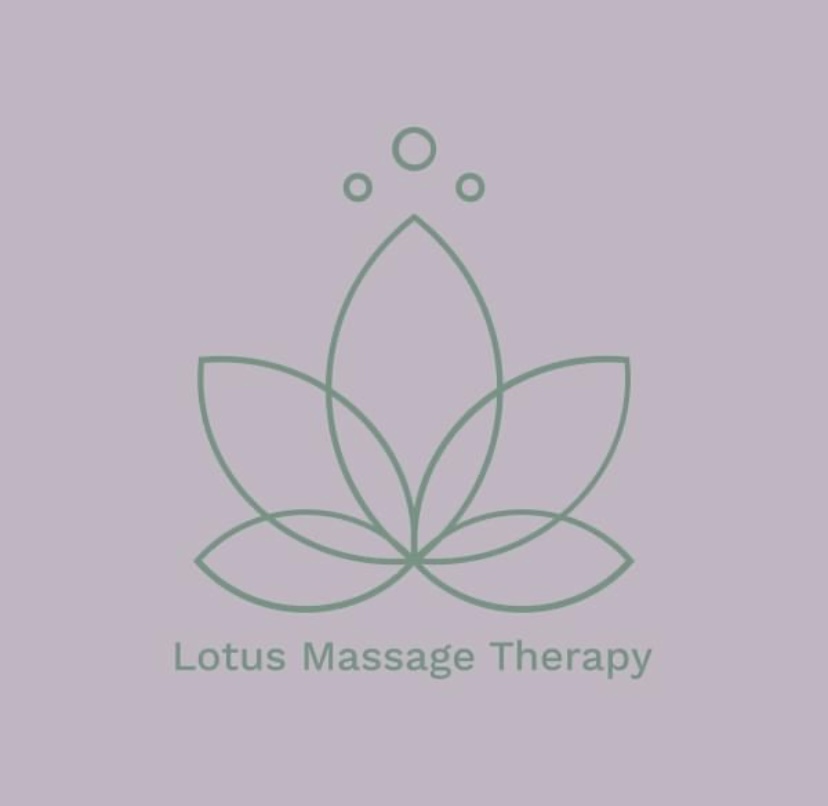5 Relaxation Techniques you can use at home to manage stress and support your mental health
- lotustherapy2020

- Feb 5
- 2 min read
Updated: Feb 15

Deep Breathing
How to do it:
Sit or lie down in a comfortable position. Place one hand on your chest and the other on your abdomen. Inhale deeply through your nose for a count of four, letting your belly rise. hold your breath for a count of two, then exhale slowly through your mouth for a count of six.
Why it works:
This technique activates the parasympathetic nervous system, calming your body and reducing anxiety.
Progressive Muscle Relaxation (PMR)
How to do it:
Start at your feet and work upward. Tense each muscle group (e.g, feet, legs, abdomen, arms ) for 5-10 seconds, then release and focus on the sensation of relaxation.
Why it works:
PMR helps release physical tension caused by stress and fosters a sense of bodily calm.
Mindful Meditation
How to do it:
Sit in a quiet space, close your eyes, and focus on your breath. if your mind wanders, gently bring your attention back to your breathing or a specific mantra ( e.g, "I am calm" ) Start with 5 - 10 minutes and gradually increase the time.
why it works:
Mindfulness helps centre your thoughts and reduces rumination, promotin mental clarity and relaxation.
Gentle Yoga or Stretching
How to do it:
Perform gentle stretches or yoga poses like Child's Pose, Cat - Cow, or Forward Fold. Focus on your breath as you move.
Why it works:
Stretching releases built-up tension in the body, improves circulation, and provides a calming, meditative effect.
Aromatherapy with Guided Imagery
How to do it:
Use an essential oil diffuser or light a scented candle with calming scents like lavender, chamomile or sandalwood. while inhaling the scent, close your eyes and visualise a peaceful place (e.g, a beach or forest ). Immerse yourself in the details - sounds , smells and textures.
Why it works:
Aromatherapy enhances relaxation, and guided imagery distracts from stress buy creating a serene mental escape.
These techniques are easy to practise and can be adapted to fit your daily routine. Experiment with them to discover what works best for you.



Comments